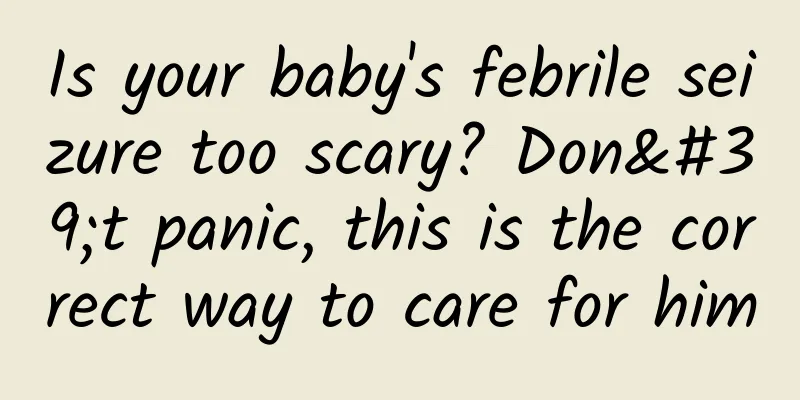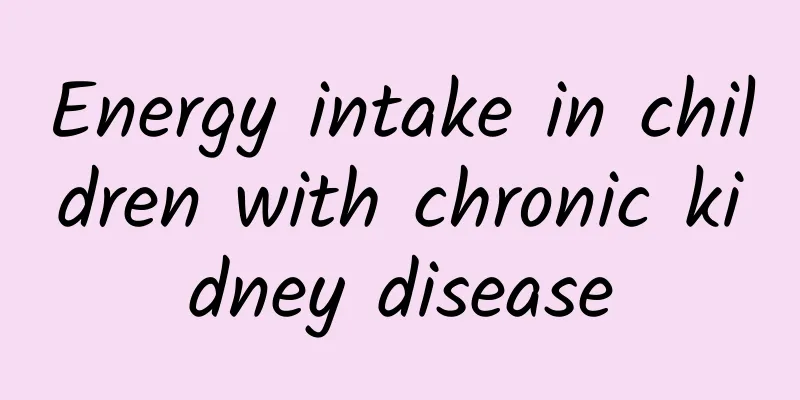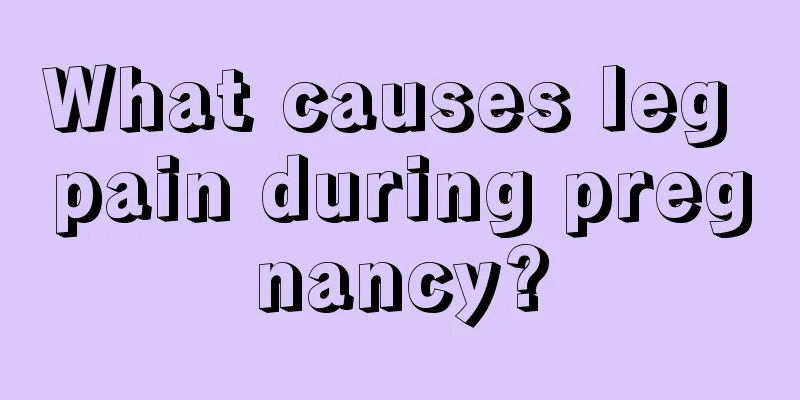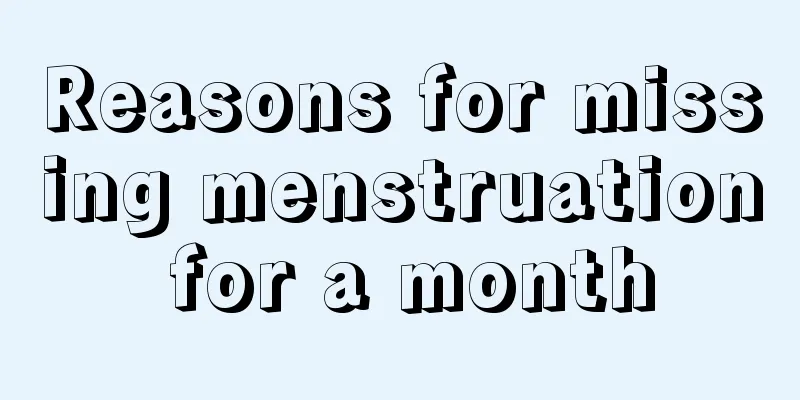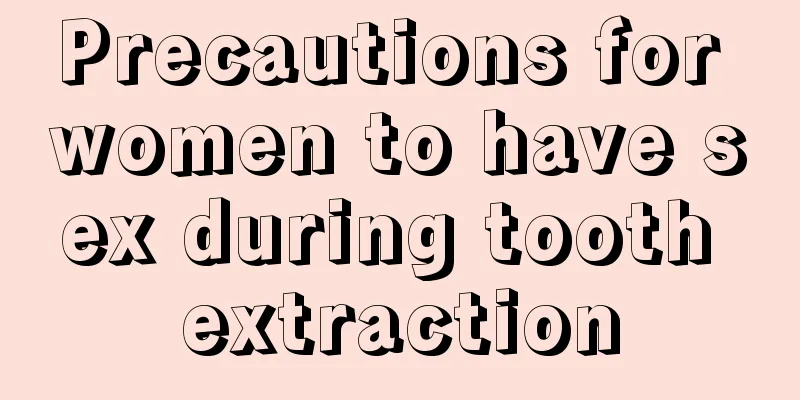Nipple pain after sex
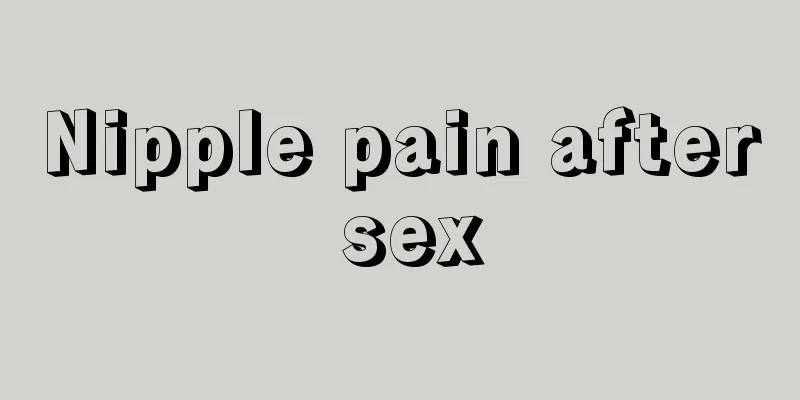
|
Breast pain is one of the more common problems for women. Many women experience breast pain at some point in their lives. Many women experience breast pain the day after having sex, and it is unclear what the cause is. In fact, breast pain after sexual intercourse is still related to the female hormones themselves, because the sudden increase in growth hormone causes tissue changes. 1. Nipple pain and swelling after sex This is related to the physiological changes of breasts during sexual intercourse. People with low sexual desire or disharmonious marital life will not be able to meet their sexual needs, so the hematoma and swelling in the breast will not easily dissipate, or will not dissipate completely. Persistent hematoma will cause breast pain. Therefore, women should attach great importance to a good married life, and those who have no sexual pleasure or low sexual desire should see a doctor. 2. Causes of nipple pain and swelling 1. Breast pain during puberty: Girls first experience breast pain, usually between the ages of 9 and 13. At this time, the girl's breasts begin to grow and develop. At first, the nipples protrude, and the breast tissue under the nipples appears to have a dome-shaped lump about the size of a lentil to a cowpea, with mild swelling and pain. After the first menstruation, the swelling will disappear on its own as the breasts grow and develop during puberty. 2. Early breast pain: More than half of women experience breast swelling, hardening, and tenderness before their menarche. In severe cases, the breasts may become painful and uncomfortable with just a slight vibration or impact, and the original granules or lumps may become more noticeable. It is caused by the increase in estrogen levels in the body before menstruation, breast hyperplasia, and edema of the breast tissue. After menarche, the shift may resolve. 3. Breast pain during pregnancy: Some women experience breast pain around 40 days into their pregnancy because the embryo and fur secrete a lot of female hormones, estrogen and prolactin, which cause breast hyperplasia and breast enlargement, and in severe cases, the pain may last throughout the pregnancy and does not require treatment. 4. Breast pain after giving birth: Breast distension, lumps and pain may often occur 3-7 days after giving birth. This is mainly caused by mammary lymph node retention, venous congestion, interstitial edema and obstruction of mammary gland duct. Prevention method: Pregnant women should breastfeed as soon as possible. If there are lumps, you can apply hot compresses and massage the lumps before breastfeeding; you can also use a manual breast pump to absorb milk and promote smooth mammary ducts. 5. Breast pain after abortion: After abortion, some women experience breast pain and may feel a lump. This is because the pregnancy is suddenly terminated, the body's estrogen drops sharply, causing the newly developed mammary glands to suddenly stop growing, resulting in breast lumps and breast pain. |
<<: Causes of elevated D-dimer levels during pregnancy
>>: How long after menopause can I have an abortion?
Recommend
What is enema for salpingitis
Gynecological problems are problems that every fe...
How to solve the problem of hair on girls' chests
For women, even though growing chest hair may be ...
What to do about premenstrual headaches
Menstruation is a normal physiological phenomenon...
Are blue whales extinct? What is the largest blue whale in the world?
The blue whale (scientific name: Balaenoptera mus...
Koilocytes in chronic cervicitis
Nowadays, women are under great pressure in life....
Can auntie inject hyaluronic acid?
Hyaluronic acid is a very popular way to stay you...
Symptoms of menopause in women
Women will show many symptoms when they reach men...
Can washing your teeth cause disease?
This is the 3427th article of Da Yi Xiao Hu Recen...
Diabetes self-management: the correct way to use a home blood glucose meter
Author: Wang Xuejing, Chief Physician of Civil Av...
What is cervical adenocarcinoma? These are the common reasons!
Cervical adenocarcinoma will not have obvious sym...
What is the abnormal echo in the uterine cavity?
The uterine cavity refers to the tissue inside th...
"In troubled times" women can't live without this thing
Vinegar is an essential condiment in our family&#...
What causes subcutaneous nodules on the vulva?
Any problems with the vulva of women should be ta...
Fishing is the culprit of colorectal cancer! These 7 suggestions from doctors can help you stay away from cancer
70-year-old Mr. Zhang has made fishing his "...


